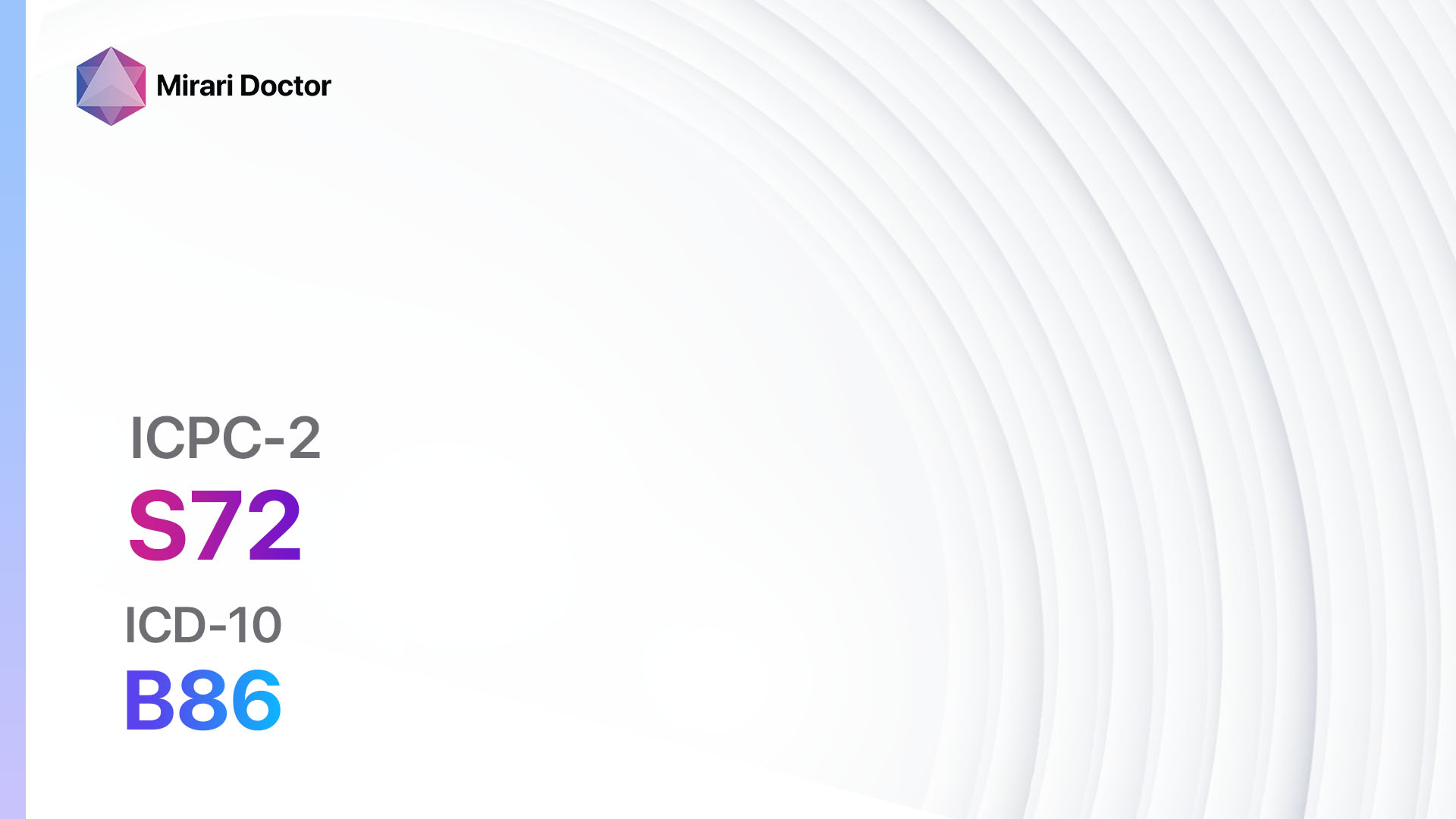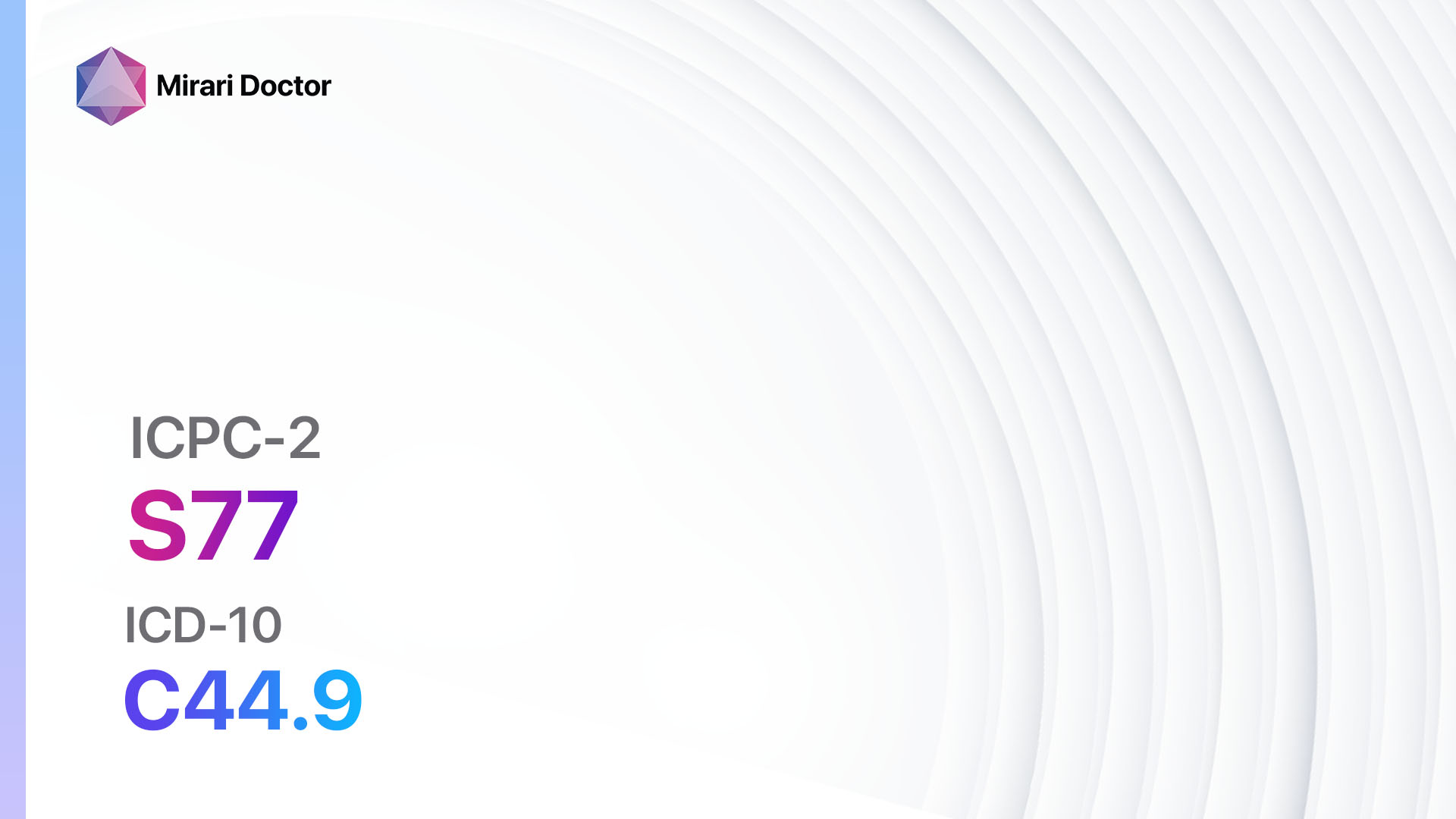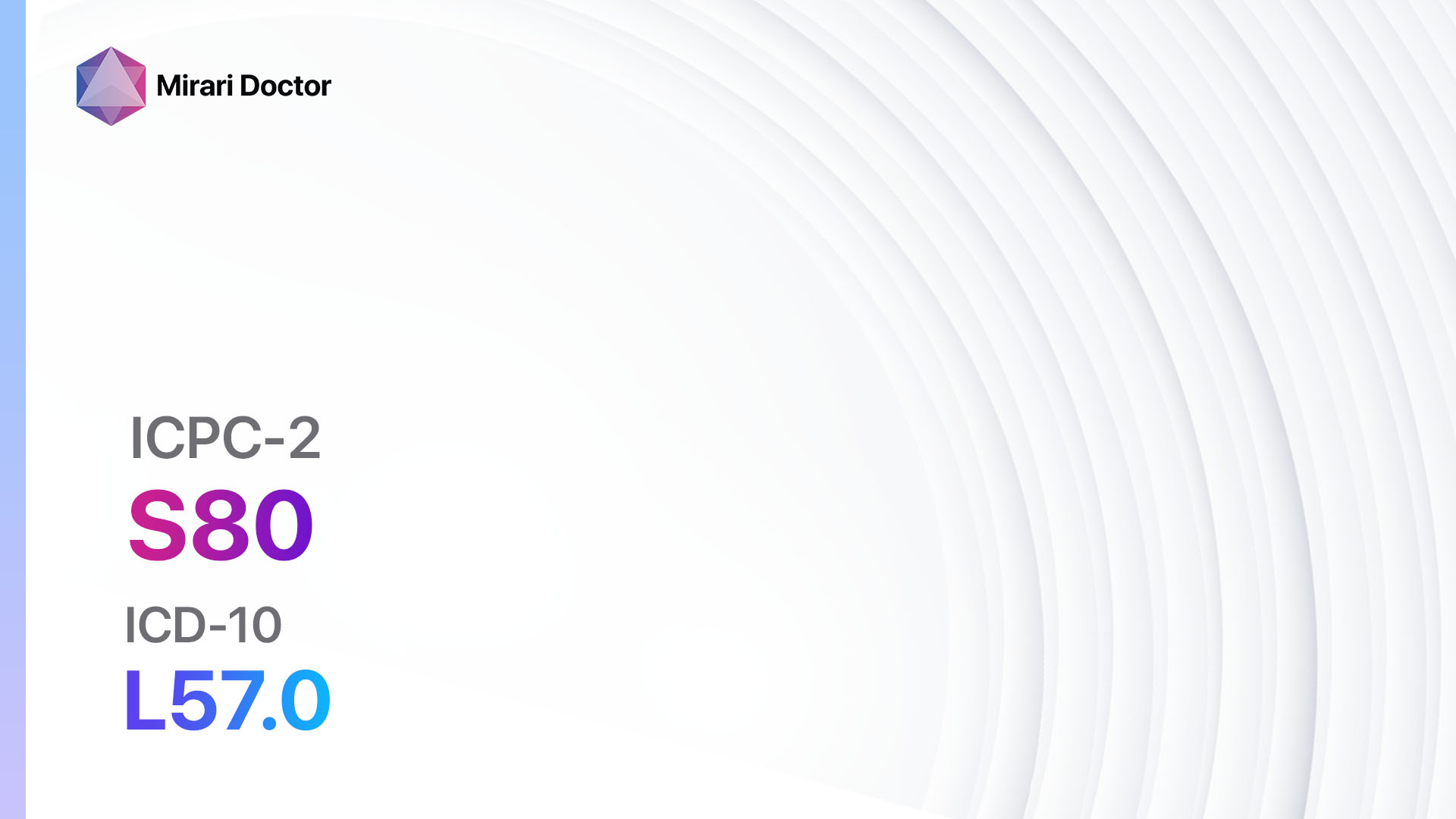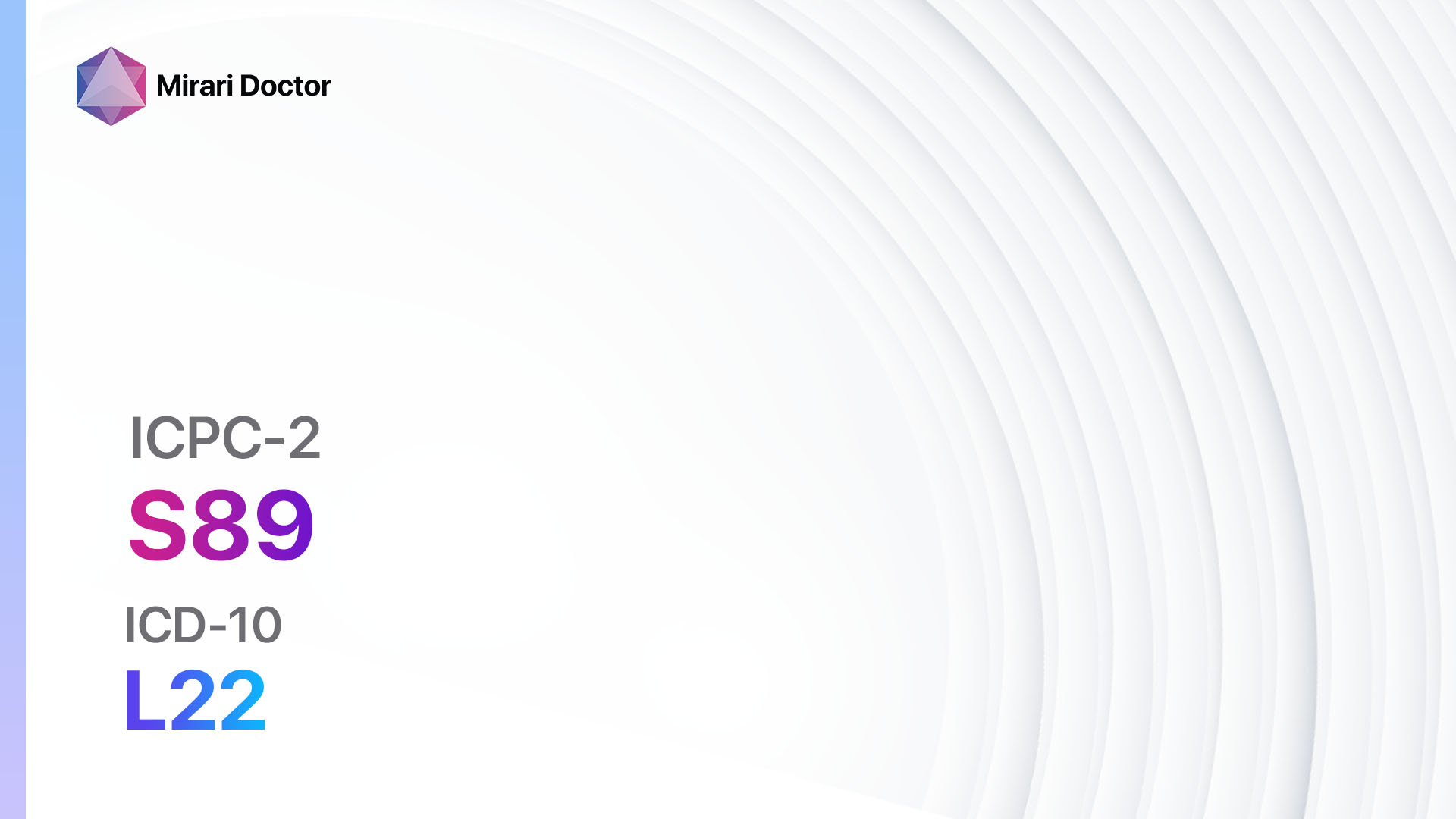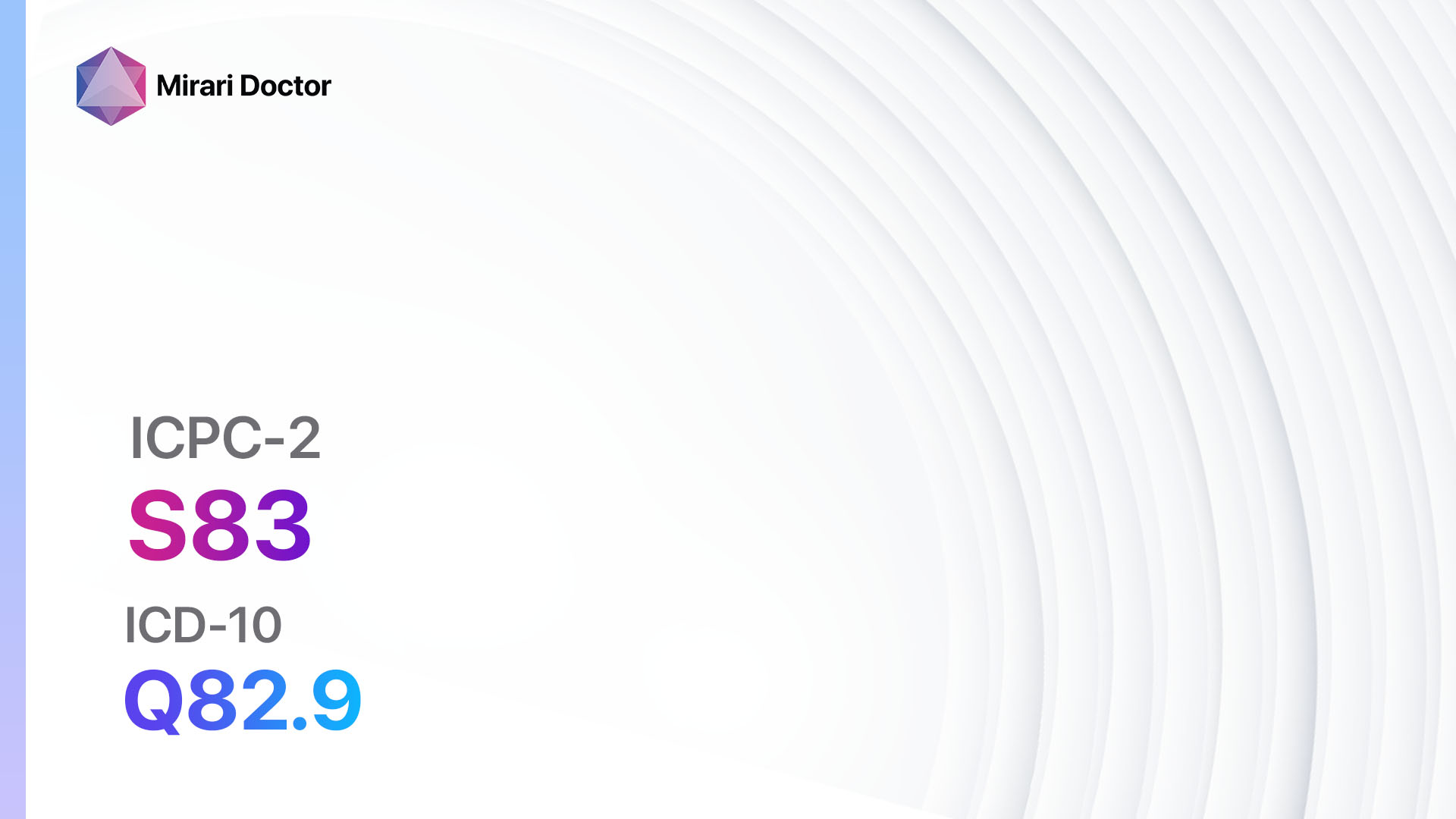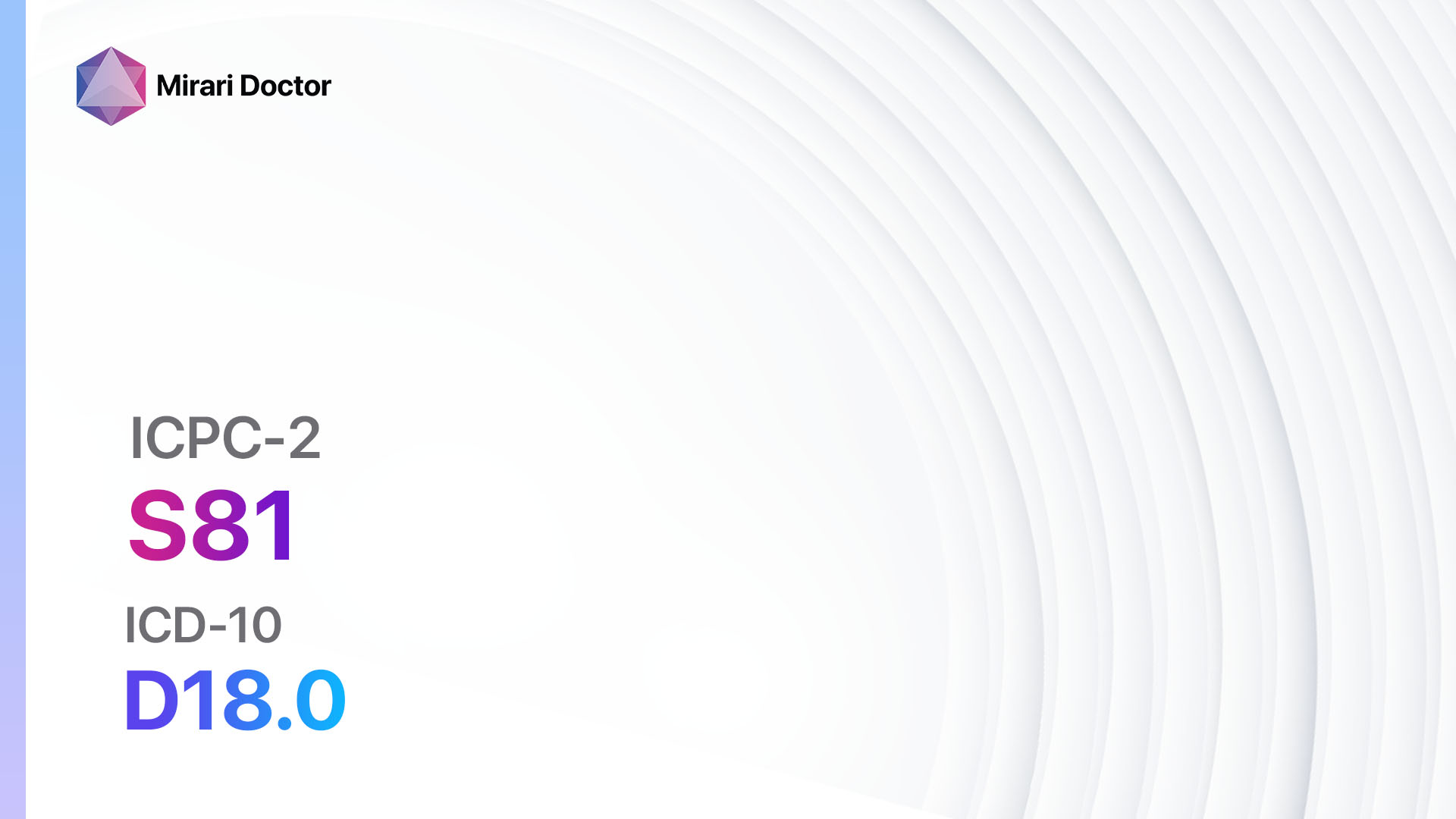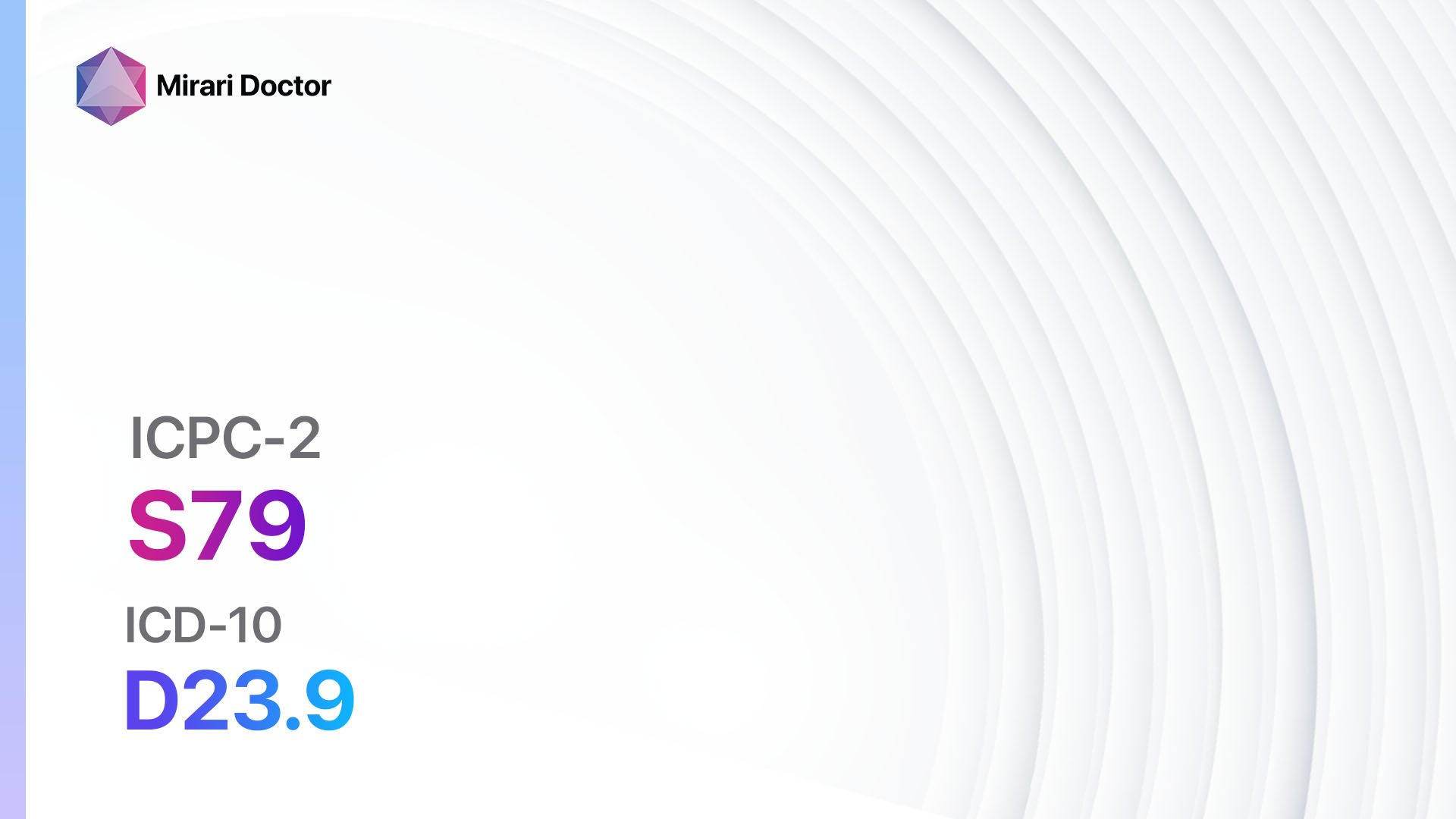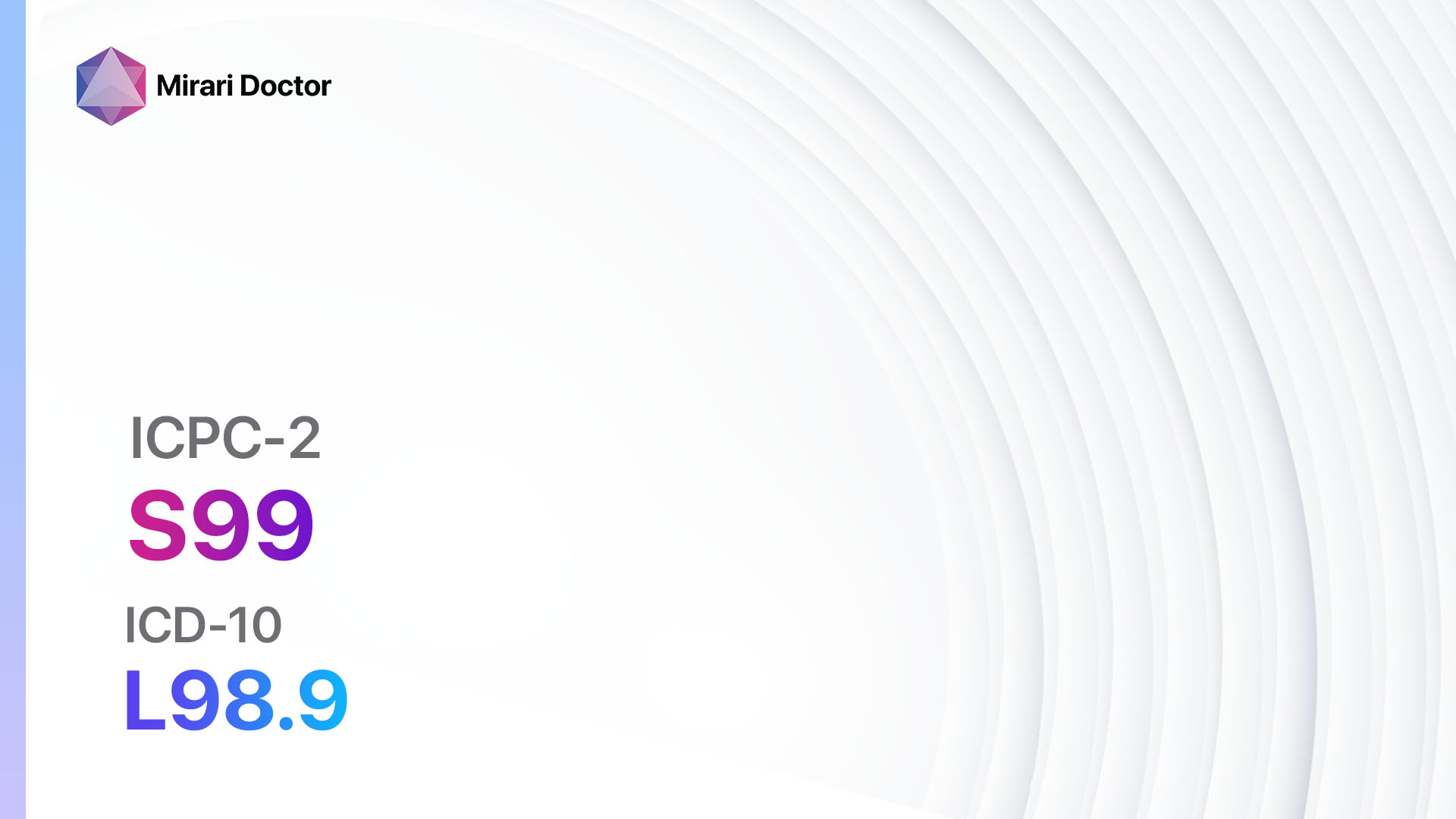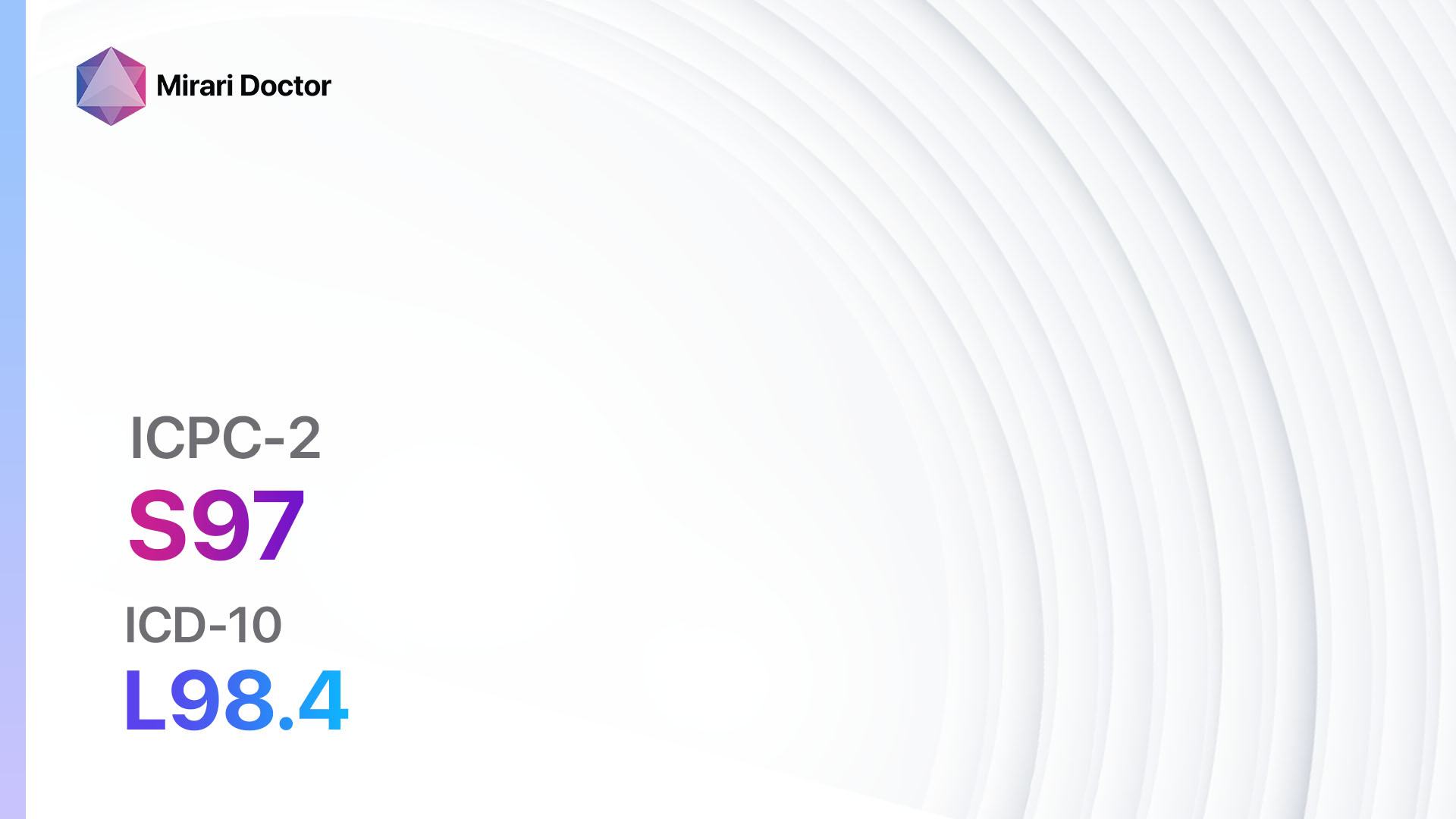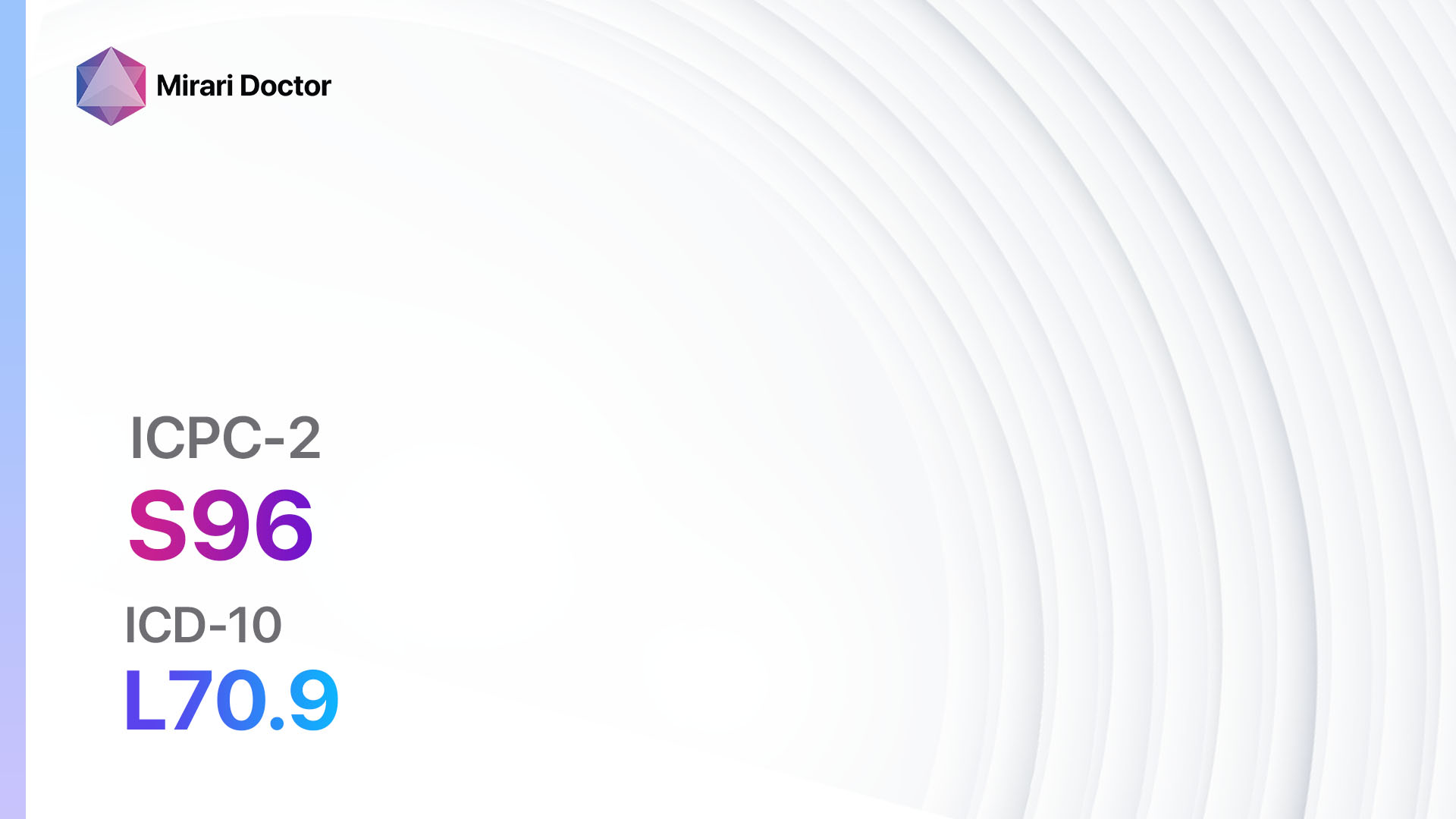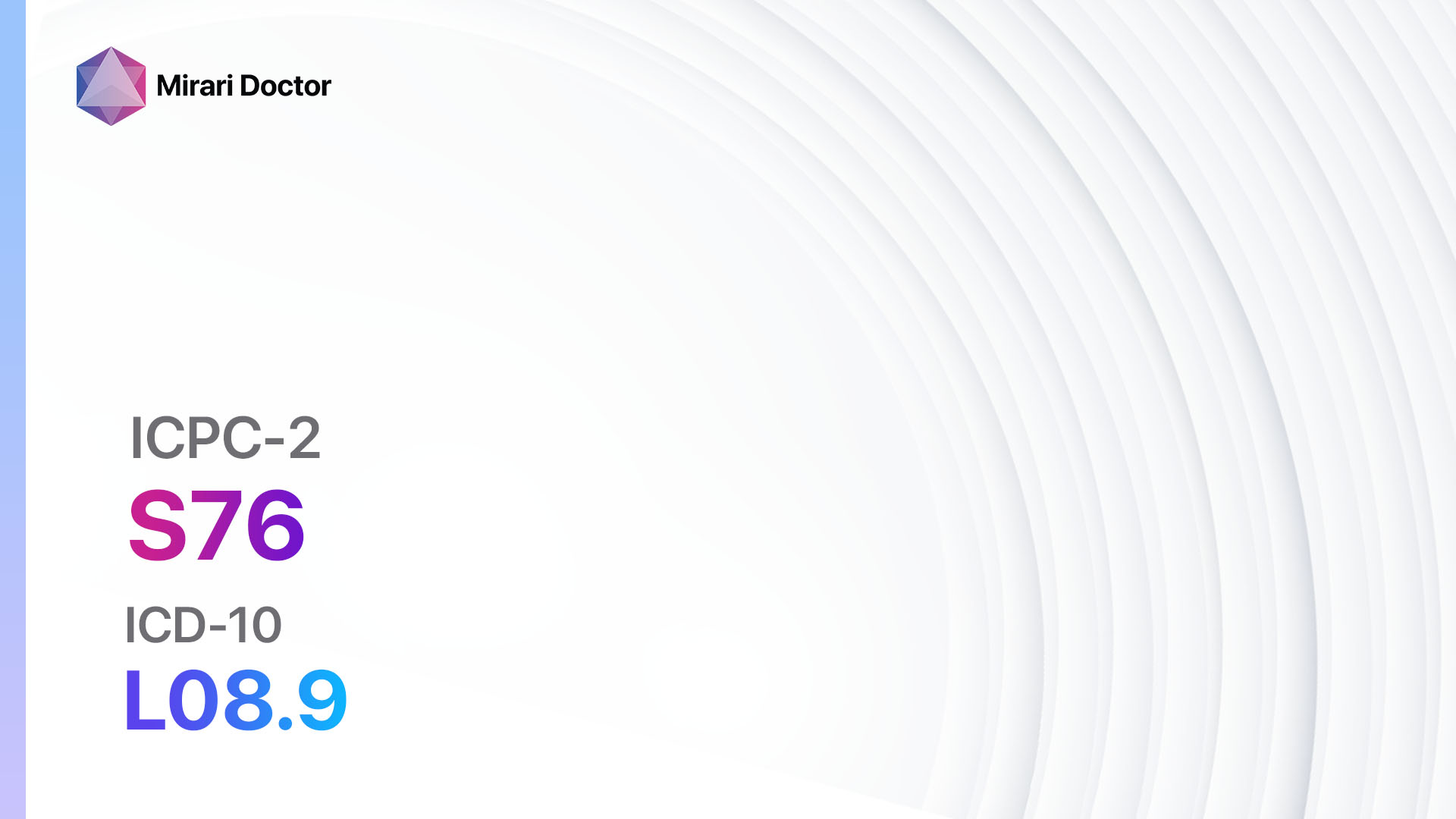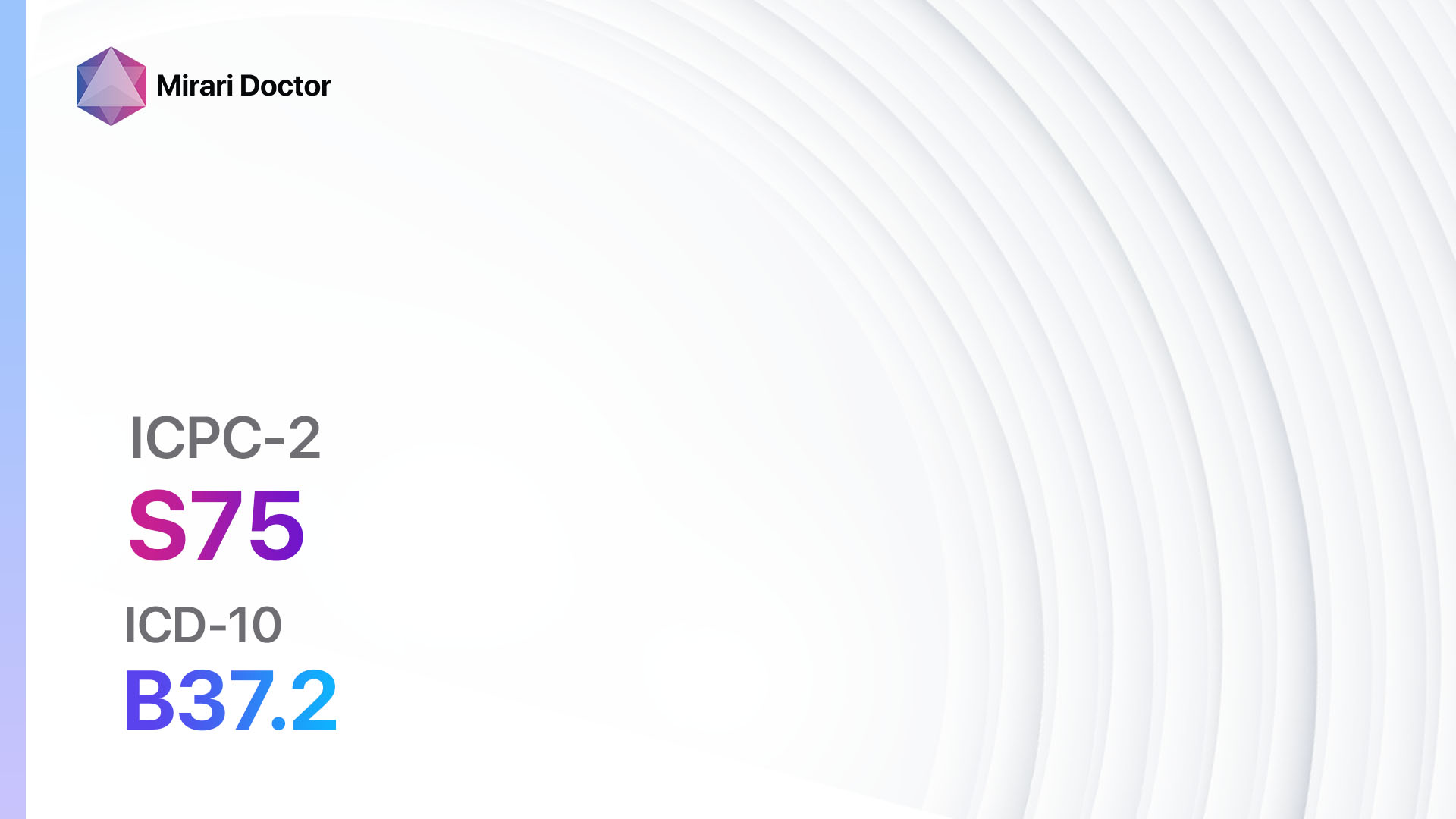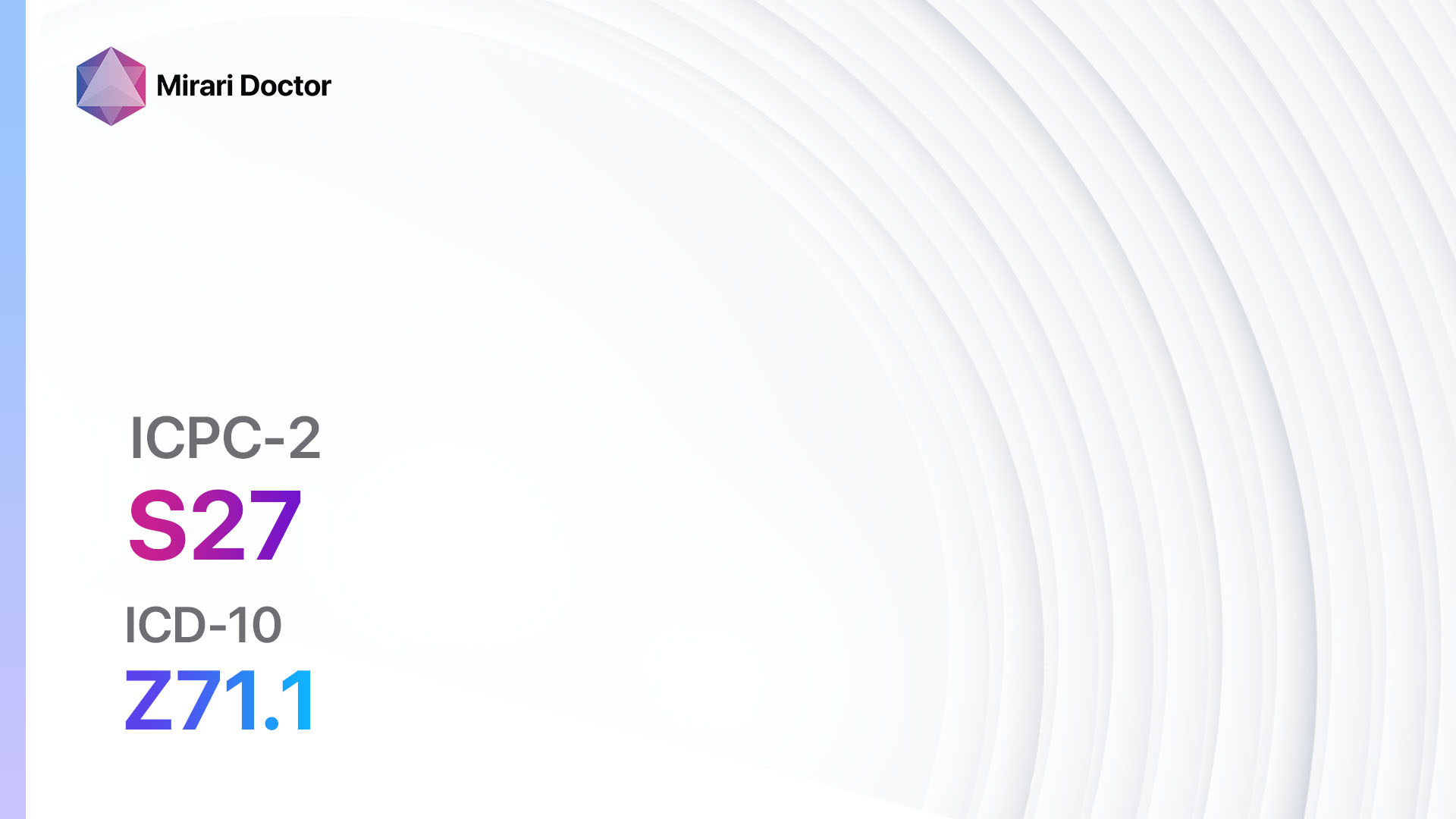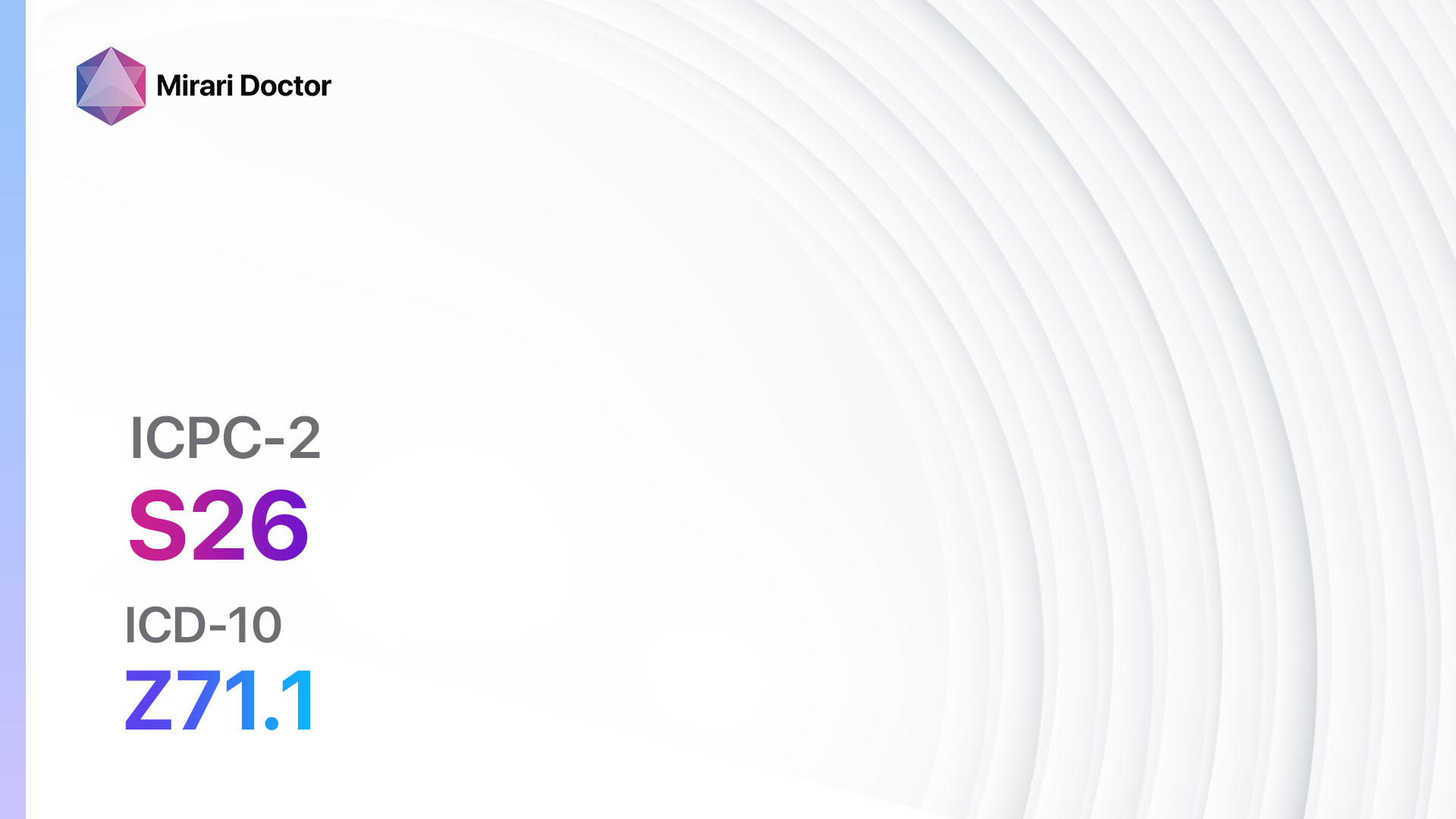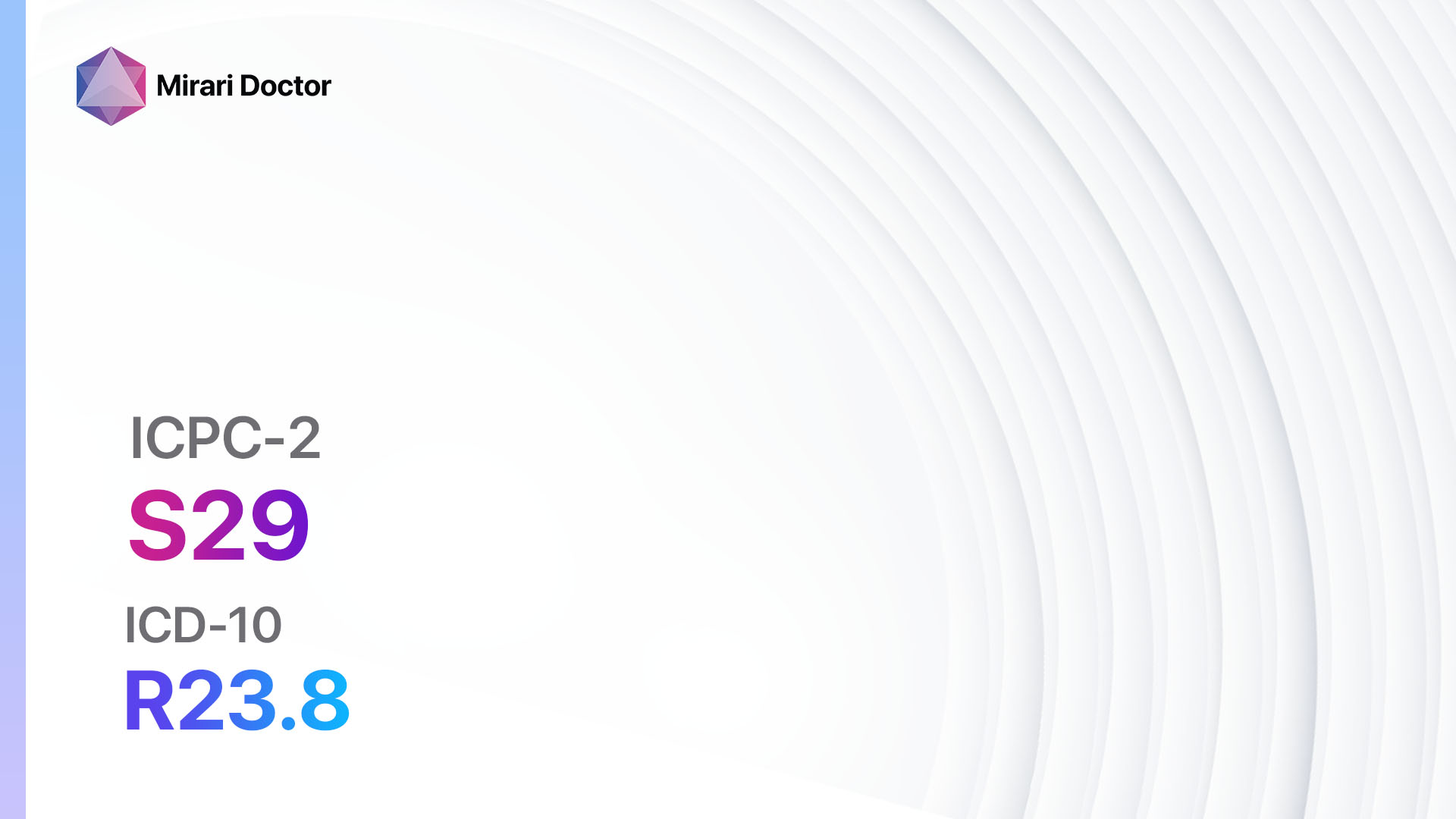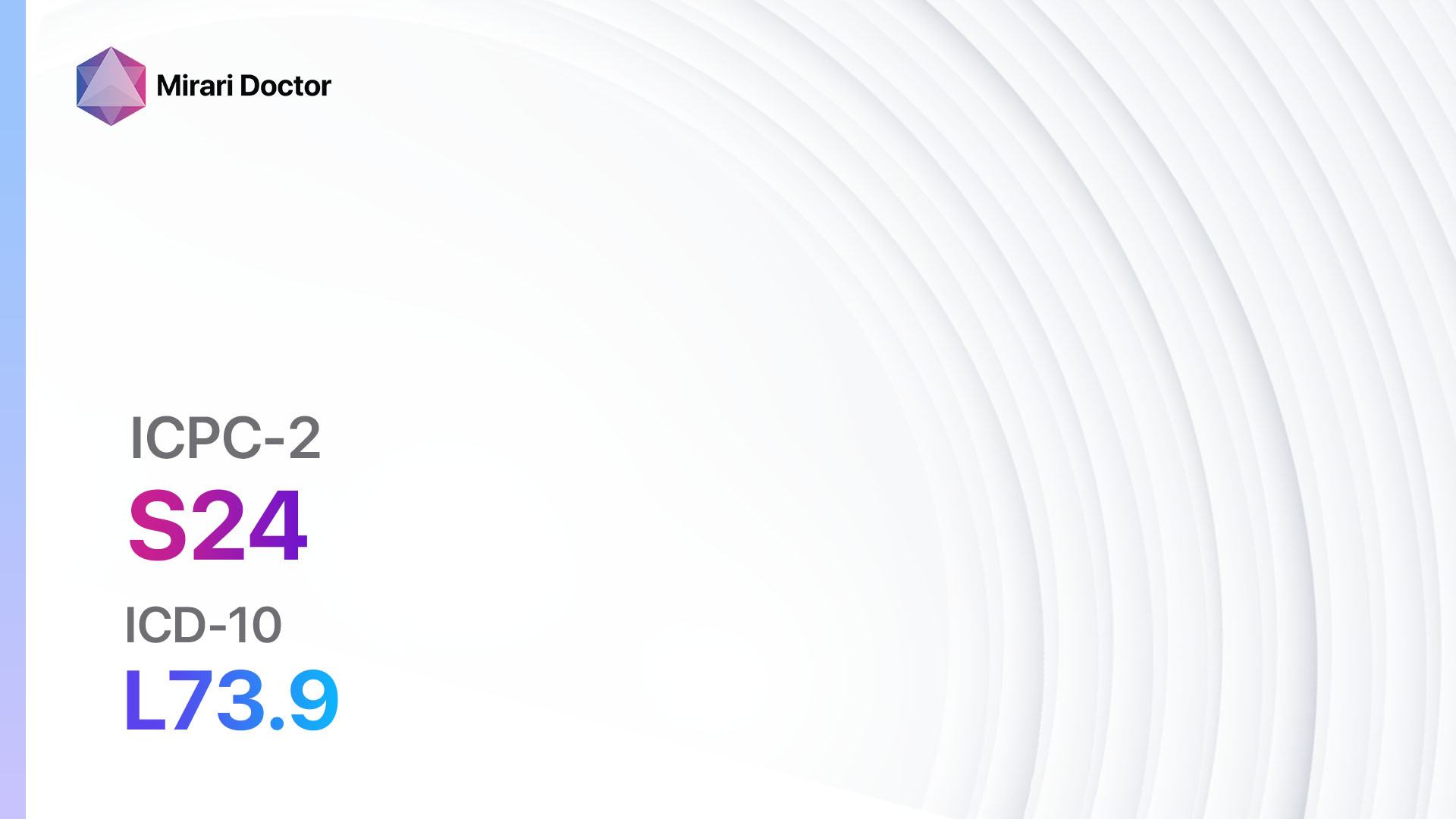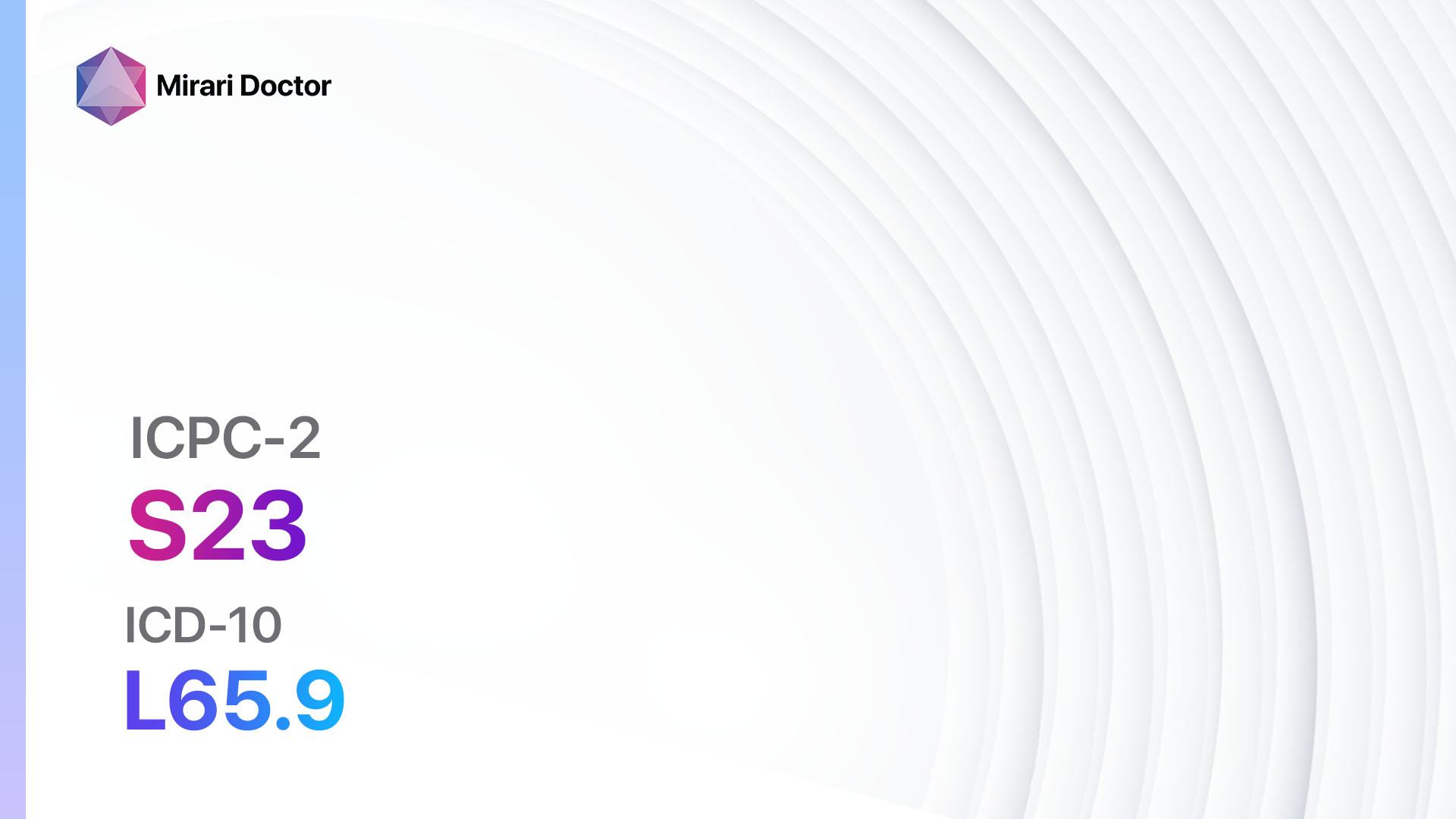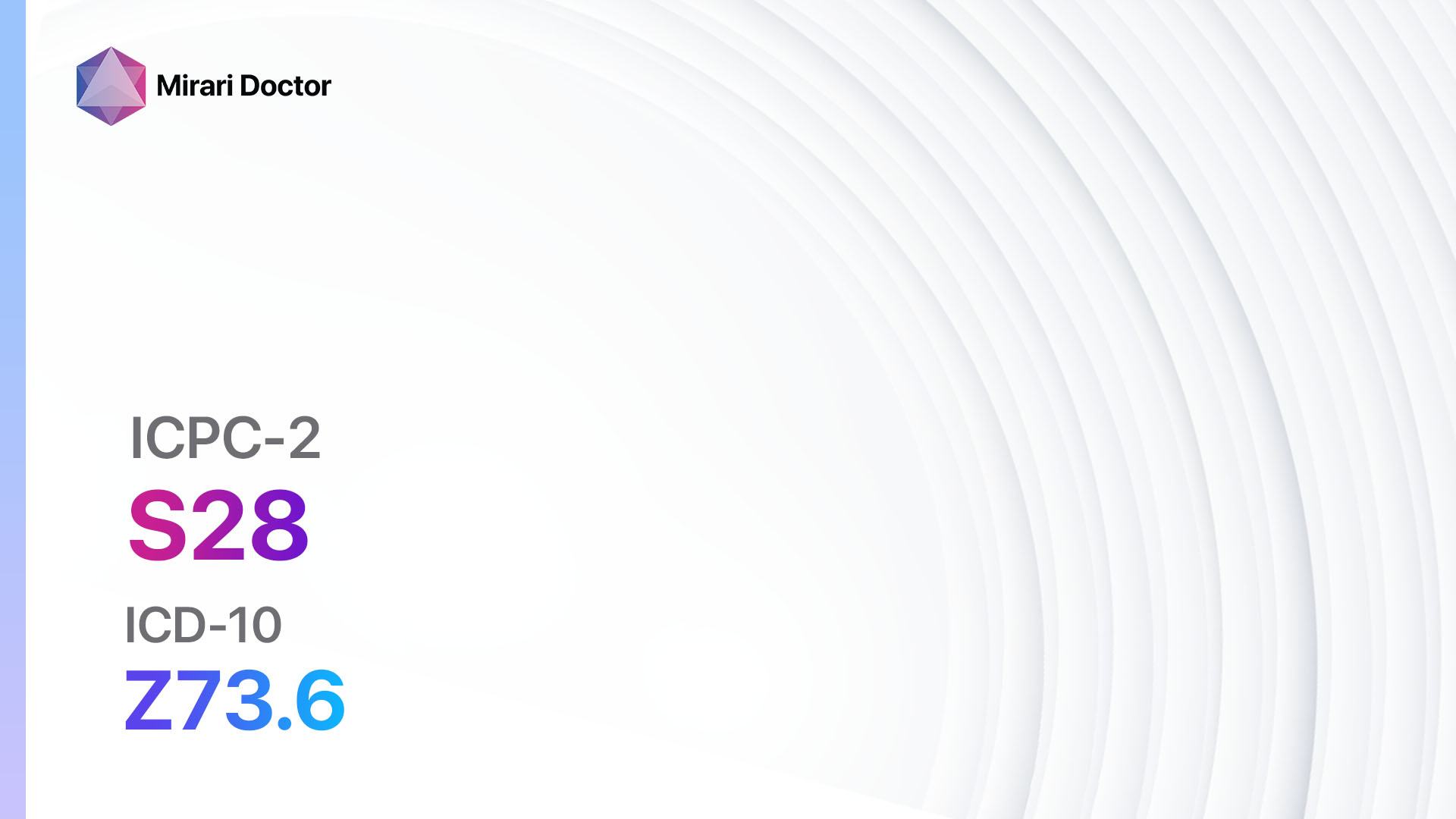
Introduction
Infected finger/toe is a common condition characterized by inflammation and infection of the finger or toe. It can be caused by various factors, including bacterial or fungal infections, injuries, or underlying medical conditions.[1] The aim of this guide is to provide a comprehensive overview of the symptoms, causes, diagnostic steps, possible interventions, and lifestyle interventions for infected finger/toe.
Codes
Symptoms
- Redness and swelling around the affected finger/toe
- Pain and tenderness
- Warmth to the touch
- Pus or discharge
- Difficulty moving the finger/toe
- Fever (in severe cases)[3]
Causes
- Bacterial infection: Common bacteria, such as Staphylococcus or Streptococcus, can enter the skin through cuts, scrapes, or puncture wounds, leading to an infection.
- Fungal infection: Fungi, such as Candida or dermatophytes, can cause an infection in the skin, especially in moist environments.
- Injury: Trauma to the finger/toe, such as a cut, scrape, or puncture wound, can provide an entry point for bacteria or fungi.
- Underlying medical conditions: Certain medical conditions, such as diabetes or a weakened immune system, can increase the risk of developing an infected finger/toe.[4]
Diagnostic Steps
Medical History
- Gather information about the patient’s risk factors, such as recent injuries, exposure to contaminated environments, or underlying medical conditions.
- Ask about the duration and progression of symptoms, including any previous episodes of infection.
- Inquire about any treatments or medications the patient has tried for the infection.[5]
Physical Examination
- Inspect the affected finger/toe for signs of redness, swelling, warmth, and tenderness.
- Assess the range of motion and any limitations in movement.
- Look for the presence of pus or discharge.
- Check for enlarged lymph nodes in the surrounding area.[6]
Determine Severity
- Classify the infection based on severity and depth:
- Superficial infection: Limited to the skin and superficial tissues.
- Deep infection: Involves deeper structures, such as tendons, joints, or bones.[7]
Laboratory Tests
- Complete blood count (CBC): To check for elevated white blood cell count, which indicates an infection.
- Blood culture: To identify the specific bacteria causing the infection.
- Wound culture: To determine the type of bacteria or fungi present in the wound.
- Gram stain: To provide preliminary information about the type of bacteria present.
- Fungal culture: To identify the specific fungus causing the infection.[8]
Diagnostic Imaging
- X-ray: To assess for any underlying bone involvement or foreign bodies.
- Ultrasound: To evaluate the soft tissues and assess for abscess formation.
- MRI (Magnetic Resonance Imaging): To obtain detailed images of the affected area, especially in cases of deep infection.[9]
Other Tests
- Sensitivity testing: To determine the most effective antibiotic or antifungal medication for treatment.
- Biopsy: In rare cases, a tissue sample may be taken for further analysis if the infection does not respond to treatment.[10]
Follow-up and Patient Education
- Schedule follow-up appointments to monitor the progress of the infection and adjust treatment if necessary.
- Educate the patient about proper wound care, including keeping the area clean and dry, changing dressings regularly, and avoiding activities that may further irritate or injure the finger/toe.
Possible Interventions
Traditional Interventions
Medications:
Top 5 drugs for Infected finger/toe:
- Antibiotics (e.g., Amoxicillin, Cephalexin):
- Cost: Generic versions can be $3-$50/month.
- Contraindications: Allergy to penicillin or cephalosporins.
- Side effects: Upset stomach, diarrhea, rash.
- Severe side effects: Severe allergic reactions, Clostridium difficile infection.
- Drug interactions: Warfarin, oral contraceptives.
- Warning: Finish the full course of antibiotics as prescribed.
- Antifungal medications (e.g., Clotrimazole, Terbinafine):
- Cost: Generic versions can be $10-$50/month.
- Contraindications: Allergy to antifungal medications.
- Side effects: Skin irritation, burning sensation.
- Severe side effects: Severe allergic reactions, liver damage.
- Drug interactions: Certain medications metabolized by the liver.
- Warning: Apply the medication as directed and continue treatment for the recommended duration.
- Pain relievers (e.g., Acetaminophen, Ibuprofen):
- Cost: Generic versions can be $3-$10/month.
- Contraindications: Allergy to pain relievers, history of stomach ulcers.
- Side effects: Upset stomach, dizziness.
- Severe side effects: Stomach bleeding, kidney damage.
- Drug interactions: Blood thinners, other pain relievers.
- Warning: Follow the recommended dosage and avoid exceeding the maximum daily limit.
- Topical corticosteroids (e.g., Hydrocortisone):
- Cost: Generic versions can be $5-$20/month.
- Contraindications: Allergy to corticosteroids, open wounds.
- Side effects: Skin thinning, increased risk of infection.
- Severe side effects: Adrenal suppression, Cushing’s syndrome.
- Drug interactions: None significant.
- Warning: Use the medication sparingly and for a limited duration as directed.
- Tetanus vaccine:
- Cost: Varies depending on the healthcare provider and insurance coverage.
- Contraindications: Severe allergic reaction to a previous dose of the vaccine.
- Side effects: Soreness at the injection site, low-grade fever.
- Severe side effects: Rare but possible severe allergic reactions.
- Drug interactions: None significant.
- Warning: Keep up to date with tetanus vaccinations, especially if the wound is deep or contaminated.
Alternative Drugs:
- Silver sulfadiazine cream: Used for infected burns or wounds.
- Mupirocin ointment: Effective against certain types of bacteria, such as Staphylococcus aureus.
- Clindamycin: An alternative antibiotic for patients with penicillin allergies.
- Fluconazole: An oral antifungal medication for severe or recurrent fungal infections.
- Dicloxacillin: An alternative antibiotic for patients with penicillin allergies.
Surgical Procedures:
- Incision and drainage: To remove pus or fluid from an abscess.
- Debridement: To remove dead or infected tissue.
- Amputation (in severe cases): To remove the affected finger/toe if the infection is extensive and unresponsive to other treatments.
Alternative Interventions
- Warm compress: Applying a warm compress to the affected finger/toe can help reduce pain and promote healing. Cost: Free.
- Epsom salt soak: Soaking the finger/toe in warm water with Epsom salt can help reduce inflammation and promote drainage. Cost: $5-$10 for a bag of Epsom salt.
- Tea tree oil: Applying diluted tea tree oil to the affected area may have antimicrobial properties. Cost: $5-$10 for a small bottle of tea tree oil.
- Garlic poultice: Crushing garlic and applying it as a poultice to the infected finger/toe may have antimicrobial effects. Cost: $1-$2 for a bulb of garlic.
- Manuka honey: Applying medical-grade Manuka honey to the wound can help promote healing and prevent infection. Cost: $20-$50 for a jar of Manuka honey.
Lifestyle Interventions
- Proper wound care: Keeping the affected finger/toe clean and dry, changing dressings regularly, and avoiding activities that may further irritate or injure the area. Cost: Varies depending on the type of wound care products used.
- Hand hygiene: Practicing good hand hygiene, including regular handwashing with soap and water or using hand sanitizer, can help prevent the spread of infection. Cost: Varies depending on the cost of soap, water, or hand sanitizer.
- Immune-boosting diet: Consuming a balanced diet rich in fruits, vegetables, whole grains, and lean proteins can support immune function and aid in healing. Cost: Varies depending on individual food choices.
- Quitting smoking: Smoking can impair wound healing and increase the risk of infection. Quitting smoking can improve overall health and promote healing. Cost: Varies depending on the method used for smoking cessation.
- Stress management: Chronic stress can weaken the immune system and delay healing. Engaging in stress-reducing activities, such as exercise, meditation, or therapy, can support overall well-being. Cost: Varies depending on the chosen stress management techniques.
It is important to note that the cost ranges provided are approximate and may vary depending on the location and availability of the interventions.
Mirari Cold Plasma Alternative Intervention
Understanding Mirari Cold Plasma
- Safe and Non-Invasive Treatment: Mirari Cold Plasma is a safe and non-invasive treatment option for various skin conditions. It does not require incisions, minimizing the risk of scarring, bleeding, or tissue damage.
- Efficient Extraction of Foreign Bodies: Mirari Cold Plasma facilitates the removal of foreign bodies from the skin by degrading and dissociating organic matter, allowing easier access and extraction.
- Pain Reduction and Comfort: Mirari Cold Plasma has a local analgesic effect, providing pain relief during the treatment, making it more comfortable for the patient.
- Reduced Risk of Infection: Mirari Cold Plasma has antimicrobial properties, effectively killing bacteria and reducing the risk of infection.
- Accelerated Healing and Minimal Scarring: Mirari Cold Plasma stimulates wound healing and tissue regeneration, reducing healing time and minimizing the formation of scars.
Mirari Cold Plasma Prescription
Video instructions for using Mirari Cold Plasma Device – S09 Infected finger/toe (ICD-10:L03.0)
| Mild | Moderate | Severe |
| Mode setting: 1 (Infection) Location: 0 (Localized) Morning: 15 minutes, Evening: 15 minutes |
Mode setting: 1 (Infection) Location: 0 (Localized) Morning: 30 minutes, Lunch: 30 minutes, Evening: 30 minutes |
Mode setting: 1 (Infection) Location: 0 (Localized) Morning: 30 minutes, Lunch: 30 minutes, Evening: 30 minutes |
| Mode setting: 2 (Wound Healing) Location: 0 (Localized) Morning: 15 minutes, Evening: 15 minutes |
Mode setting: 2 (Wound Healing) Location: 0 (Localized) Morning: 30 minutes, Lunch: 30 minutes, Evening: 30 minutes |
Mode setting: 2 (Wound Healing) Location: 0 (Localized) Morning: 30 minutes, Lunch: 30 minutes, Evening: 30 minutes |
| Mode setting: 10 (Dermatitis/Fungus) Location: 0 (Localized) Morning: 15 minutes, Evening: 15 minutes |
Mode setting: 10 (Dermatitis/Fungus) Location: 0 (Localized) Morning: 30 minutes, Lunch: 30 minutes, Evening: 30 minutes |
Mode setting: 10 (Dermatitis/Fungus) Location: 0 (Localized) Morning: 30 minutes, Lunch: 30 minutes, Evening: 30 minutes |
| Total Morning: 45 minutes approx. $7.50 USD, Evening: 45 minutes approx. $7.50 USD |
Total Morning: 90 minutes approx. $15 USD, Lunch: 90 minutes approx. $15 USD, Evening: 90 minutes approx. $15 USD |
Total Morning: 90 minutes approx. $15 USD, Lunch: 90 minutes approx. $15 USD, Evening: 90 minutes approx. $15 USD |
| Usual treatment for 7-60 days approx. $105 USD – $900 USD | Usual treatment for 6-8 weeks approx. $1,890 USD – $2,520 USD | Usual treatment for 3-6 months approx. $4,050 USD – $8,100 USD |
 |
|
Use the Mirari Cold Plasma device to treat Infected finger/toe effectively.
WARNING: MIRARI COLD PLASMA IS DESIGNED FOR THE HUMAN BODY WITHOUT ANY ARTIFICIAL OR THIRD PARTY PRODUCTS. USE OF OTHER PRODUCTS IN COMBINATION WITH MIRARI COLD PLASMA MAY CAUSE UNPREDICTABLE EFFECTS, HARM OR INJURY. PLEASE CONSULT A MEDICAL PROFESSIONAL BEFORE COMBINING ANY OTHER PRODUCTS WITH USE OF MIRARI.
Step 1: Cleanse the Skin
- Start by cleaning the affected area of the skin with a gentle cleanser or mild soap and water. Gently pat the area dry with a clean towel.
Step 2: Prepare the Mirari Cold Plasma device
- Ensure that the Mirari Cold Plasma device is fully charged or has fresh batteries as per the manufacturer’s instructions. Make sure the device is clean and in good working condition.
- Switch on the Mirari device using the power button or by following the specific instructions provided with the device.
- Some Mirari devices may have adjustable settings for intensity or treatment duration. Follow the manufacturer’s instructions to select the appropriate settings based on your needs and the recommended guidelines.
Step 3: Apply the Device
- Place the Mirari device in direct contact with the affected area of the skin. Gently glide or hold the device over the skin surface, ensuring even coverage of the area experiencing.
- Slowly move the Mirari device in a circular motion or follow a specific pattern as indicated in the user manual. This helps ensure thorough treatment coverage.
Step 4: Monitor and Assess:
- Keep track of your progress and evaluate the effectiveness of the Mirari device in managing your Infected finger/toe. If you have any concerns or notice any adverse reactions, consult with your health care professional.
Note
This guide is for informational purposes only and should not replace the advice of a medical professional. Always consult with your healthcare provider or a qualified medical professional for personal advice, diagnosis, or treatment. Do not solely rely on the information presented here for decisions about your health. Use of this information is at your own risk. The authors of this guide, nor any associated entities or platforms, are not responsible for any potential adverse effects or outcomes based on the content.
Mirari Cold Plasma System Disclaimer
- Purpose: The Mirari Cold Plasma System is a Class 2 medical device designed for use by trained healthcare professionals. It is registered for use in Thailand and Vietnam. It is not intended for use outside of these locations.
- Informational Use: The content and information provided with the device are for educational and informational purposes only. They are not a substitute for professional medical advice or care.
- Variable Outcomes: While the device is approved for specific uses, individual outcomes can differ. We do not assert or guarantee specific medical outcomes.
- Consultation: Prior to utilizing the device or making decisions based on its content, it is essential to consult with a Certified Mirari Tele-Therapist and your medical healthcare provider regarding specific protocols.
- Liability: By using this device, users are acknowledging and accepting all potential risks. Neither the manufacturer nor the distributor will be held accountable for any adverse reactions, injuries, or damages stemming from its use.
- Geographical Availability: This device has received approval for designated purposes by the Thai and Vietnam FDA. As of now, outside of Thailand and Vietnam, the Mirari Cold Plasma System is not available for purchase or use.
References
- Habif TP. Clinical Dermatology: A Color Guide to Diagnosis and Therapy. 6th ed. St. Louis, MO: Elsevier; 2016.
- World Health Organization. International Statistical Classification of Diseases and Related Health Problems, 10th Revision (ICD-10). Geneva: WHO; 2019.
- Ockenfels HM. Therapeutic management of cutaneous and genital warts. J Dtsch Dermatol Ges. 2016;14(9):892-899.
- Jablonska S, Majewski S, Obalek S, Orth G. Cutaneous warts. Clin Dermatol. 1997;15(3):309-319.
- Wolff K, Johnson RA, Saavedra AP, Roh EK. Fitzpatrick’s Color Atlas and Synopsis of Clinical Dermatology. 8th ed. New York, NY: McGraw-Hill Education; 2017.
- Goldsmith LA, Katz SI, Gilchrest BA, Paller AS, Leffell DJ, Wolff K. Fitzpatrick’s Dermatology in General Medicine. 8th ed. New York, NY: McGraw-Hill Education; 2012.
- James WD, Elston DM, Treat JR, Rosenbach MA, Neuhaus IM. Andrews’ Diseases of the Skin: Clinical Dermatology. 13th ed. Philadelphia, PA: Elsevier; 2020.
- Elston DM, Ferringer T, Ko CJ, Peckham S, High WA, DiCaudo DJ. Dermatopathology. 3rd ed. Philadelphia, PA: Elsevier; 2019.
- Weston WL, Lane AT, Morelli JG. Color Textbook of Pediatric Dermatology. 5th ed. St. Louis, MO: Mosby; 2017.
- Usatine RP, Riojas M, Stulberg DL, Pfenninger JL. Color Atlas of Family Medicine. 3rd ed. New York, NY: McGraw-Hill Education; 2018.
Related articles
Made in USA


